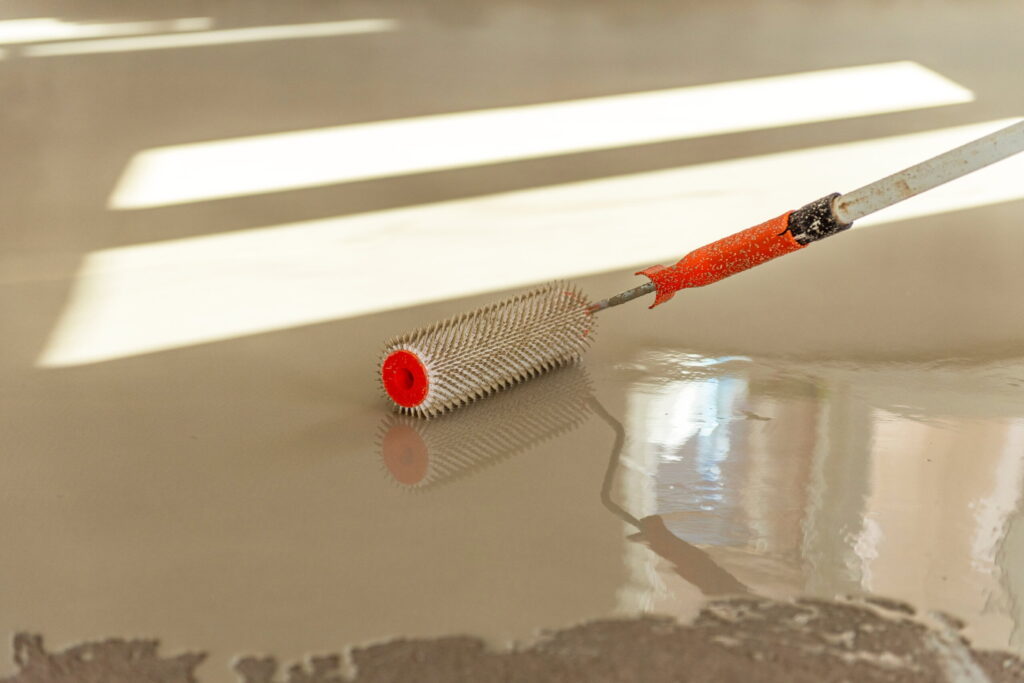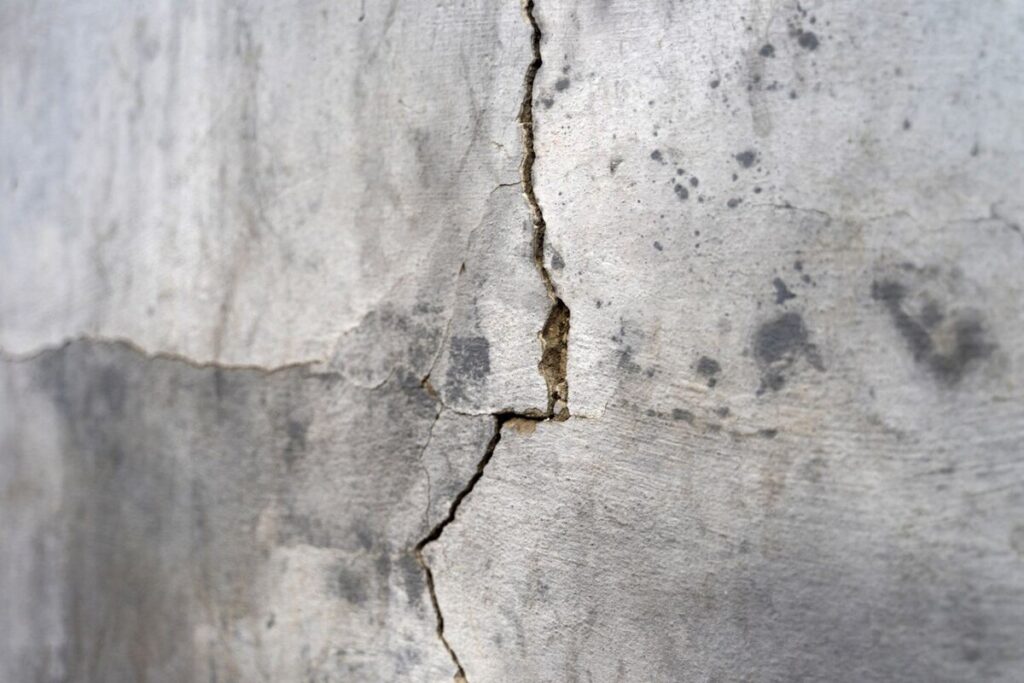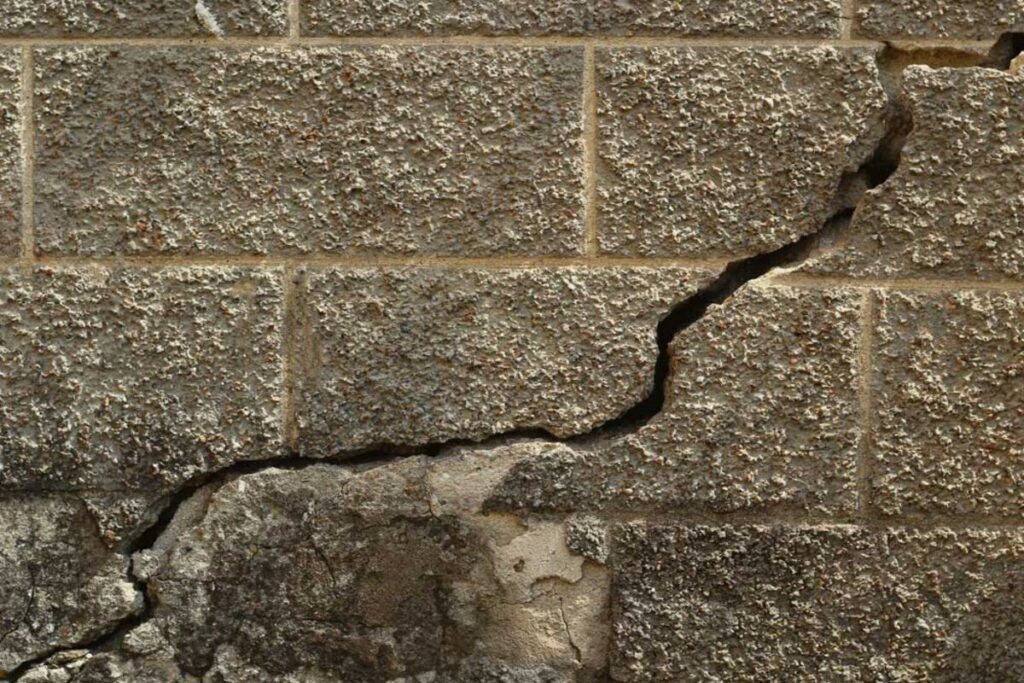When the foundation of your home begins to sink, it not only signals a serious structural issue but also poses a threat to the integrity and safety of your entire house. This guide provides a look at the causes of foundation sinking, how to identify the problem, and the steps you can take to repair it, with a particular focus on homes built upon the expansive clay soils in places like Kansas City. Understanding these challenges and solutions is key to maintaining a secure and stable living environment.
Why Your Foundation Is Sinking
The Role of Expansive Clay in Foundation Issues
Kansas City’s geography is characterized by expansive clay, a type of soil that swells when wet and shrinks when dry. This constant “breathing” of the ground creates movement that can destabilize foundations. The area is also undergoing a significant drought, reducing the moisture that usually helps to keep the soil stable.
The Impact of Weather and Soil Conditions
The lack of rain and snowmelt means there’s no relief for foundations resting on this volatile soil. The drought has led to increased ground movement over the past two years, exacerbating the problem. The soil type, whether it’s clay or a softer variant, experiences this movement, making nearly all homes in the Kansas City metro area vulnerable to some degree of settling.
Recognizing the Signs of Foundation Settling
Cracks and Structural Shifts
One of the early indicators of a foundation issue is the appearance of vertical cracking in basement walls made of stone, cinder block, or concrete. Unlike horizontal or diagonal cracks, these vertical fissures suggest that the home is settling unevenly.
Changes Inside the Home
Moving beyond the basement, other telltale signs include sheetrock that starts splitting and difficulty in closing doors and windows. These issues can suggest that the settling is affecting the overall structure, not just the foundation.
Case-by-Case Considerations for Foundation Repair
The Age and Location of Your Home
Each house is unique, and factors like the age of the home and the established nature of the neighborhood can influence the degree of settling. Additionally, different parts of the city have varying subsoil conditions, which can affect how a foundation repair should be approached.
Repairing with Piers: A Common Solution
When a foundation is sinking, a common repair strategy is the use of piers. Professionals will strategically place these supports underneath the foundation at intervals—typically 5 to 7 feet apart. These piers are driven down to the bedrock, providing a stable base for the foundation to rest upon, counteracting the effects of the sinking.
Preventative Measures and Maintenance Tips
Ensuring Proper Water Flow Away from the Foundation
Home maintenance plays a crucial role in minimizing foundation issues. Keeping gutters clean and ensuring they’re directing water away from the house is essential. A positive grade, where the ground slopes away from the home, prevents water from accumulating around the foundation.
Importance of Proper Drainage Systems
Proper gutters and a good drainage system are imperative. They ensure that any water from rain or snow does not pool near the foundation, which can worsen soil expansion and contraction cycles.
Conclusion
Understanding why a foundation sinks and the signs to look out for can save homeowners a significant amount of time and money in repairs. While the soil conditions and weather in Kansas City pose unique challenges, routine inspection and maintenance can help mitigate these issues. Should you find yourself facing foundation troubles, remember that repair options like underpinning with piers are available to stabilize your home.
If you notice any signs of foundation issues or if you’re in need of guidance on how to proceed, don’t hesitate to contact us for professional advice and repair services.




